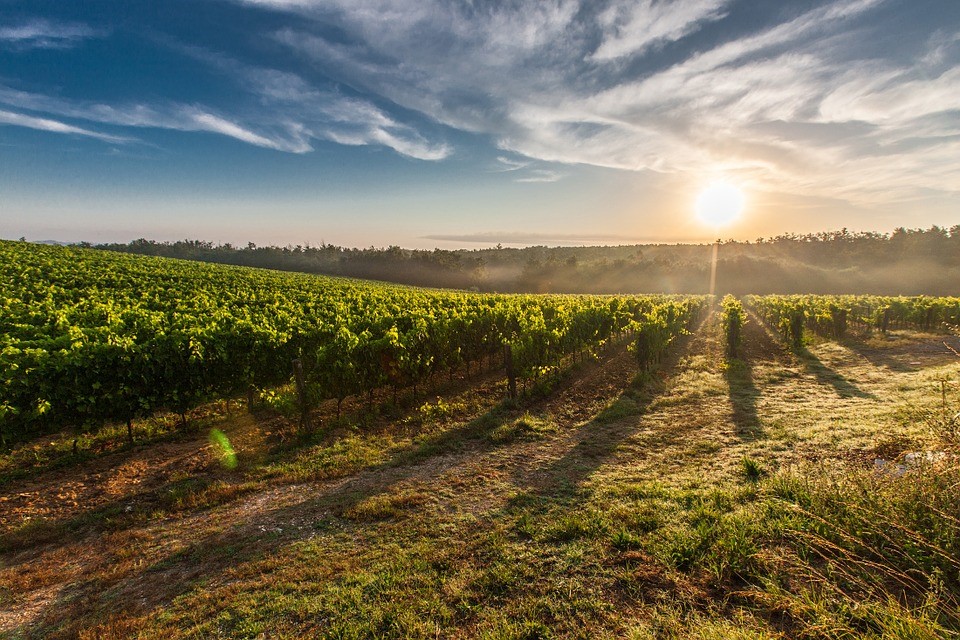 Just over 123,000 acres were publicly marketed across Great Britain in the first seven months of 2016, which is comparable with the acreage marketed during the same period of last year.
Just over 123,000 acres were publicly marketed across Great Britain in the first seven months of 2016, which is comparable with the acreage marketed during the same period of last year.
But the data from the latest UK farmland update report from real estate firm Savills suggests that uncertainty surrounding Brexit has created a lull in market activity.
The data also shows that during the first half of 2016, the average value of farmland across Great Britain fell by just under 2%. The average downward trend continues to be led by arable values, which are more exposed to pressure from low commodity prices.
In England activity was down by 6% but in Scotland, the opposite, a degree of referendum fatigue may have helped increase activity which was up by 8% while in Wales activity increased by 35% but the report points out that was coming from a much smaller base where a few farms can distort the figures either way.
It also points out that the farmland market normally quietens in the summer so it is difficult to assess the ‘actual’ Brexit effect. ‘Most of the questions surrounding Brexit and its impact on the UK remain unanswered and will do for some time,’ said Ian Bailey, head of agricultural research.
‘But our analysis to date is beginning to suggest that the impact of changes to trade agreements could be far more significant than changes to the existing agricultural subsidy. The key issues determining prices achieved for farmland remain low commodity prices and location based demand,’ he explained.
He also pointed out that in some areas there is evidence of a good number of larger farms coming to the market, especially across the southern half of England but in many areas there is an expectation that the second half of the year will be quieter than during the first six months.
The Savills report predicts subdued activity overall with 2016 supply down around 8% in compared with 2015. It expects that the muted activity in England will continue to the end of the year and in Scotland there will be reduced supply in the second half of the year after an active first six months while supply is likely to be boosted in Wales.
An analysis of farm transactions, where Savills acted for the buyer or seller, for the first half of the year indicates that there has not been any material change in the profile of buyers and sellers during the first half of this year compared with last year and the last analysis in February.
‘We expect this to continue into the second half of the year although, the opportunities offered by weak sterling, may increase the activity of overseas buyers,’ said Bailey.
‘Agriculture tends to do well in time of economic uncertainty. In addition, the weak pound creates opportunities for overseas buyers. Both of these factors, along with the anticipated reduced supply, may help support farmland values,’ he added.





